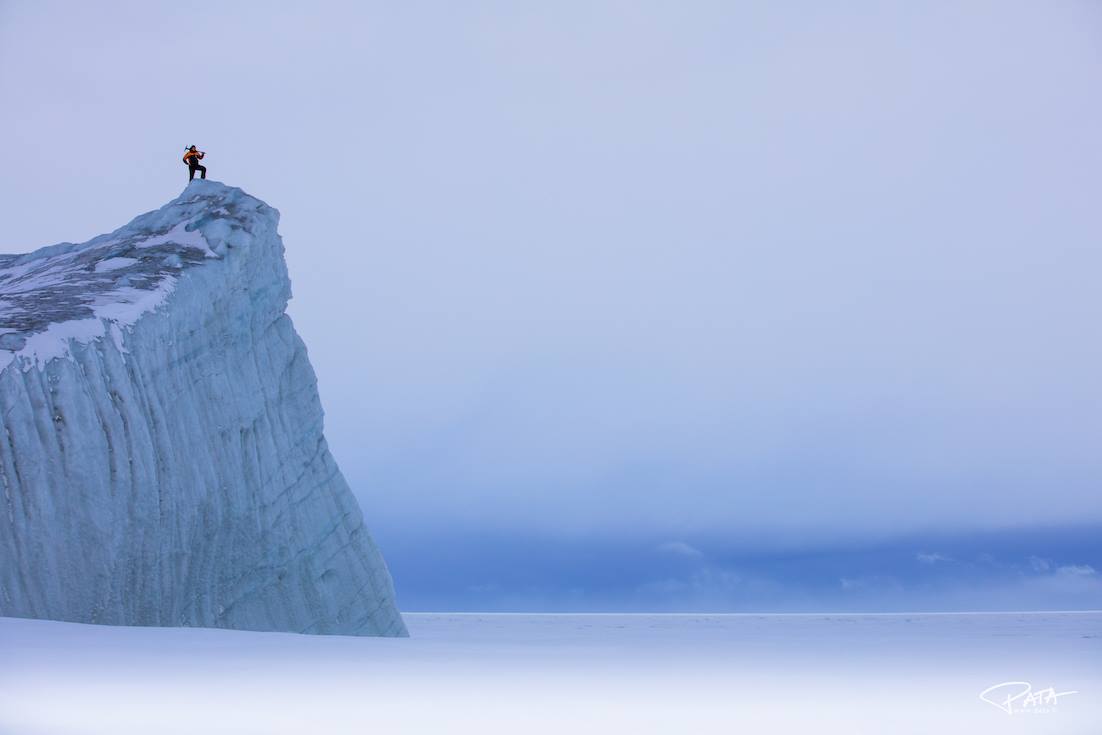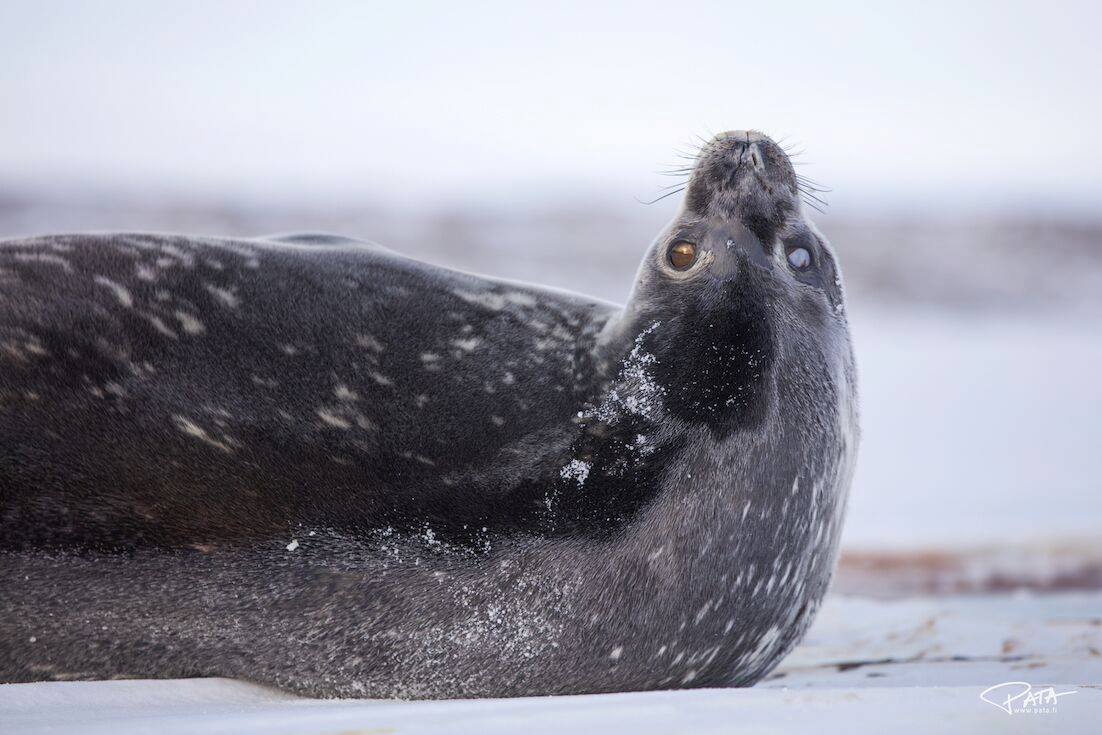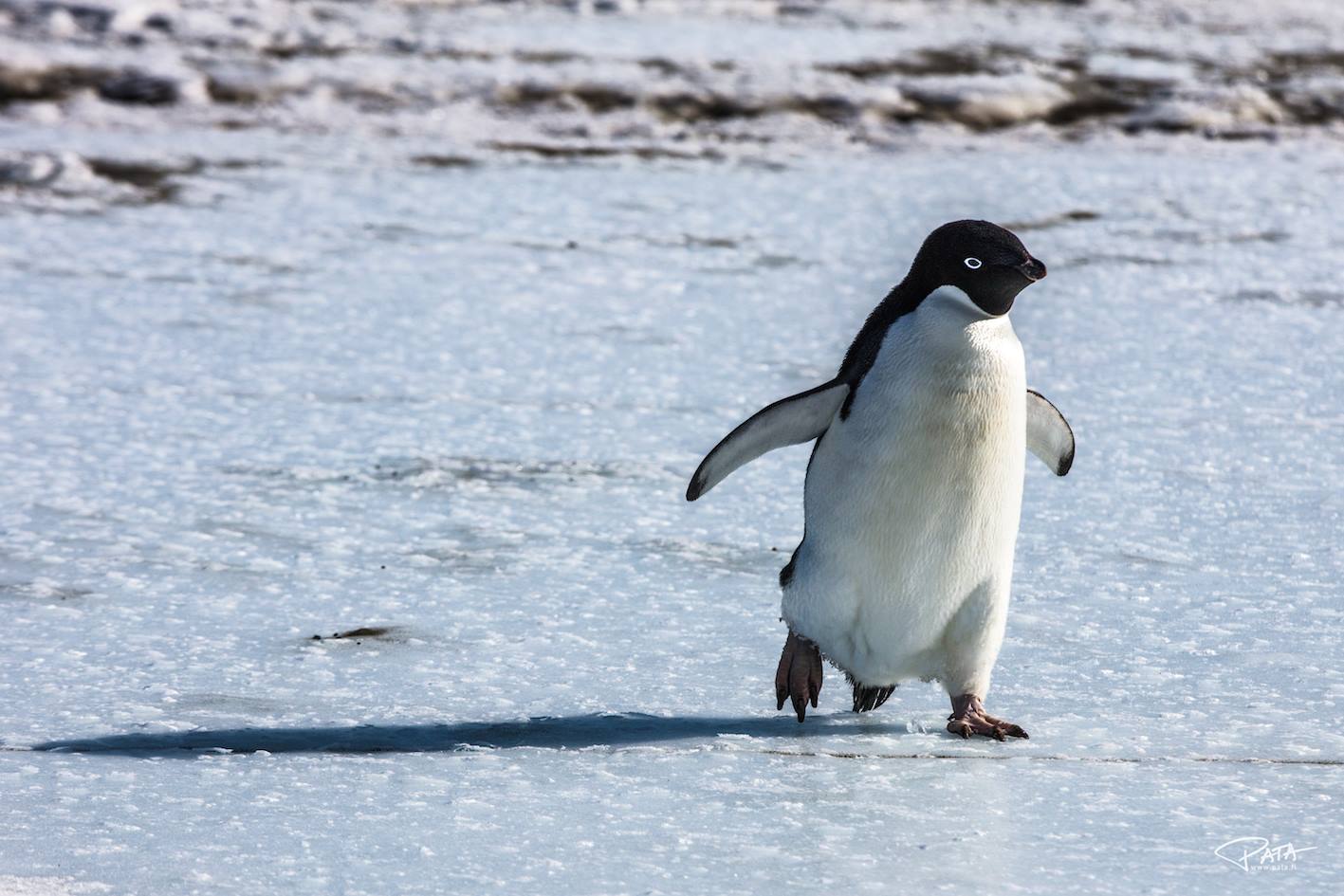Photos: Diving Beneath Antarctica's Ross Ice Shelf
The team

The expedition team is comprised of six researchers from New Zealand and three from Finland.
They are supported by staff from the New Zealand Antarctic program headquartered at Scott Base, at McMurdo Sound in the Ross Sea.
Prep work

Diving beneath the ice first requires cutting and melting holes in the 3 meter (10 foot) thick floating ice shelf using a combination of hand-tools and ice-melting equipment.
Whenever two divers go into the water, a third is suited up and stands ready at the surface to help in case of an emergency.
Exploring the dark

The researchers are studying life on the sea floor beneath the ice shelf, which is usually in nearly complete darkness.
Several expeditions have made surveys of the same sites in previous years, which allows scientific comparisons to be made of any changes.
Life in the deep

The animal life on the sea floor is sparse because the regions under the ice shelf are very low in food sources, especially the phytoplankton and other biological material that rains down as “marine snow” in sunlit parts of the ocean.
Although the depth is only about 20 meters (18 feet) the animal species are similar to those found in the deepest parts of the open ocean, including sea cucumbers, deep sea sponges, sea stars and brittle stars.
Watching the locals

The scientists set up twenty “closed chamber” experiments on the sea floor to study the consumption of food by the few animals that live there.
Nutrients are relatively abundant this year because the ice shelf above the site was broken up during the Antarctic summer for two years in a row, which allowed more light to filter through.
Changes over time

Each closed-chamber experiment contained several seafloor animals in an enclosed space so their consumption of nutrients could be carefully measured over several days.
The results will be compared to similar studies made at the same site in 2009, when the sea-ice had not broken for several years and the seafloor ecosystem was relatively food-deprived as a result.
Life on the ice

Life for the expedition members above the ice includes making snow-mobile trips to a freshwater iceberg nearby to melt clean drinking water.
Ice from the floating ice shelf itself is not fit for drinking because it is salty and dirty with blown silt.
Sign up for the Live Science daily newsletter now
Get the world’s most fascinating discoveries delivered straight to your inbox.
Trouble with the wildlife

The many Weddell seals that inhabit the area can pose a problem for human divers, because they like to swim to the diving holes and remain there breathing for a while.
Since it can be difficult for human divers to use the holes that have been occupied by the large seals, several diving holes are cut at each diving location.
A brief visit

So far the expedition have met just one Adélie penguin, which passed through their campsite on the last day of their stay at New Harbour site.
“The penguin was probably feeling rather lost, away from its mates and far away from open water and food, and therefore heading straight for our camp and some human company,” the expedition members wrote in an update on their Facebook page, Science Under The Ice. “Then it continued on its way towards the open sea.”
Tom Metcalfe is a freelance journalist and regular Live Science contributor who is based in London in the United Kingdom. Tom writes mainly about science, space, archaeology, the Earth and the oceans. He has also written for the BBC, NBC News, National Geographic, Scientific American, Air & Space, and many others.










